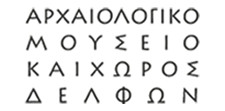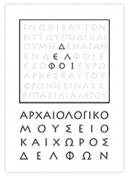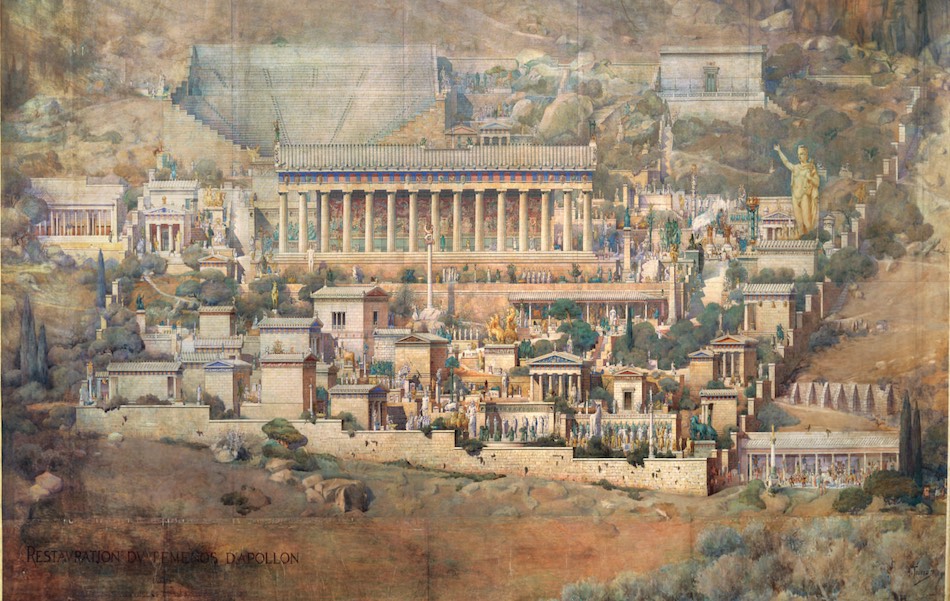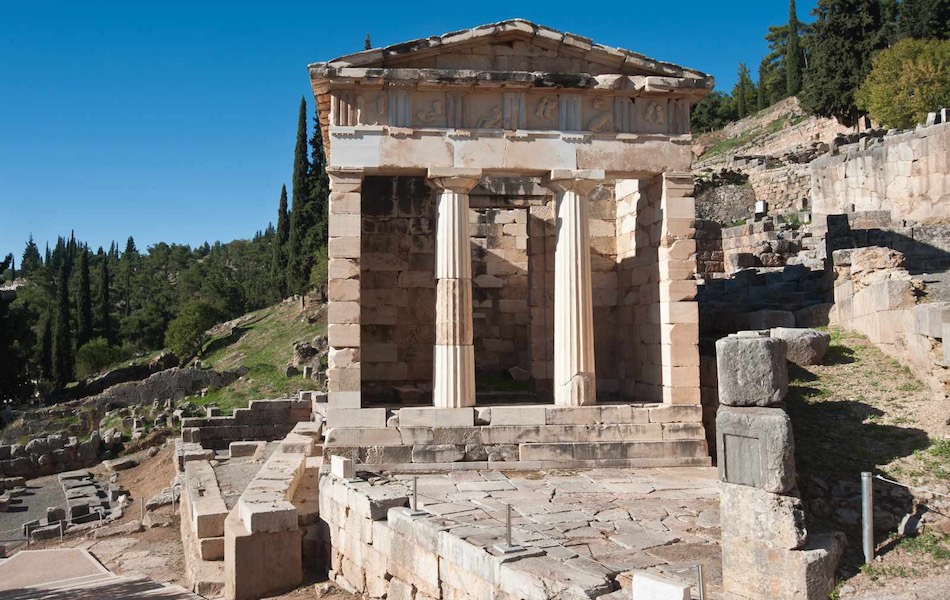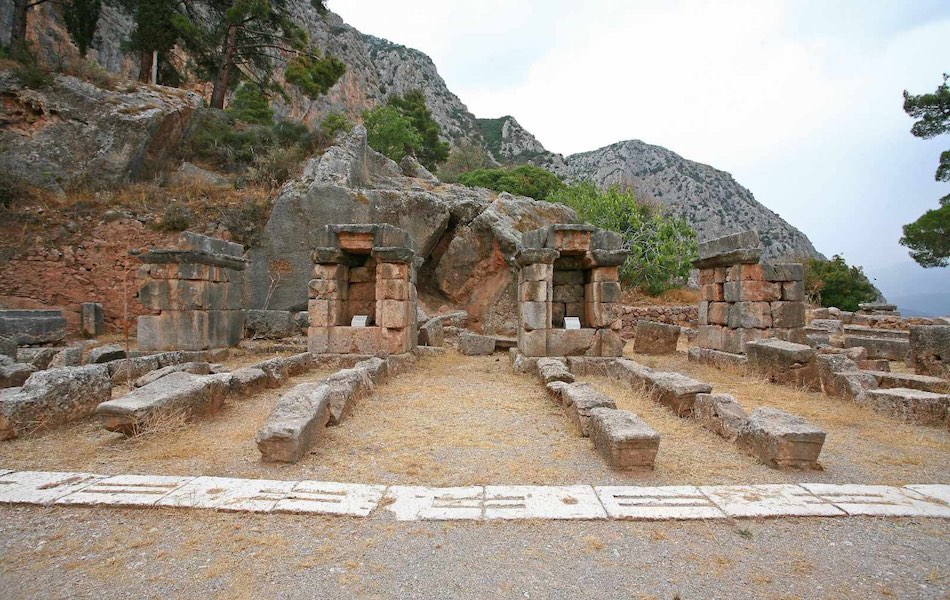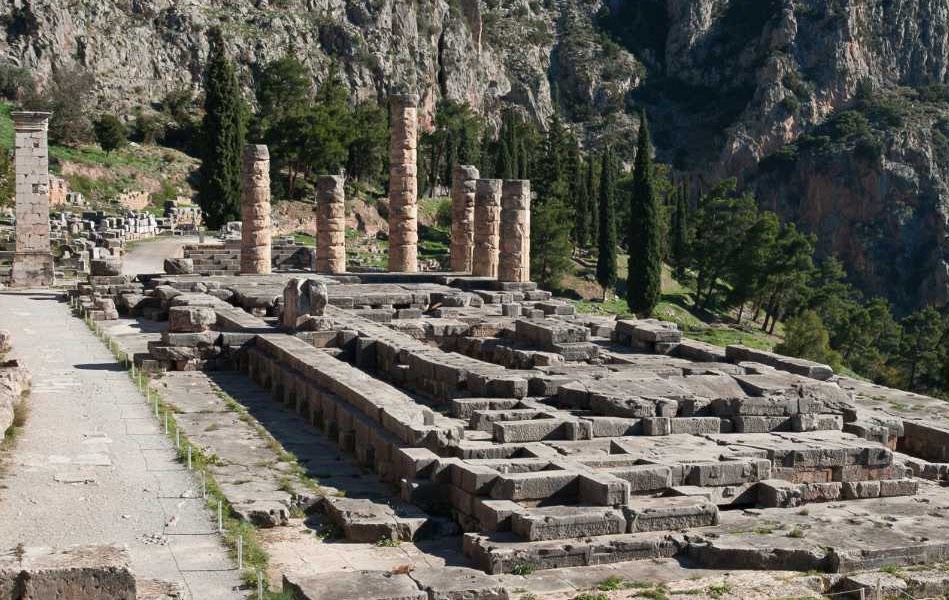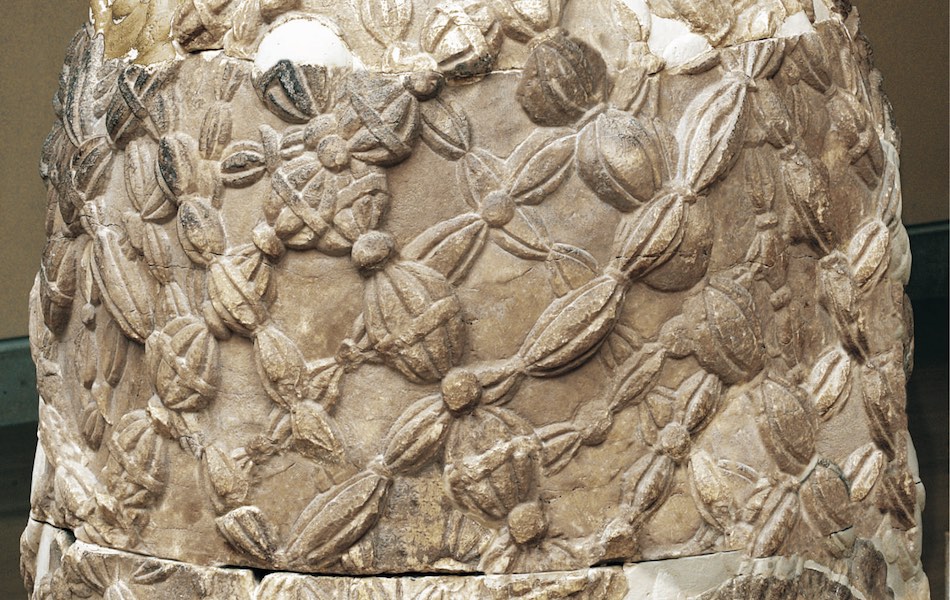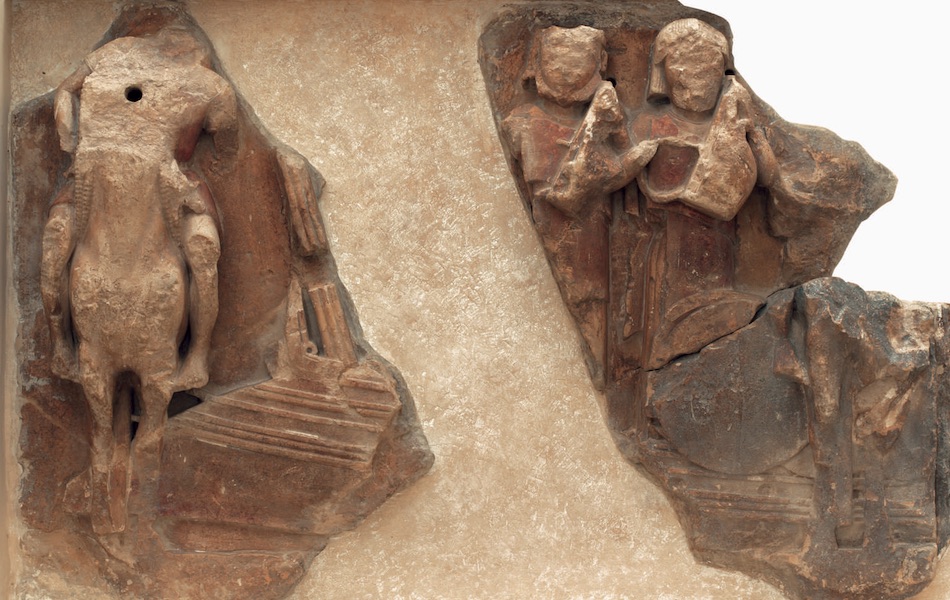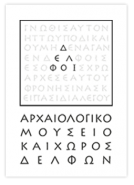Already since the early years of the Roman rule, the sanctuary of Delphi had lost its political power; as a result, its revenue and the number of important votives decreased. However, some Roman emperors undertook the repair of the monuments, gave new impetus to religious life.
In the 1st century AD Nero was honoured through the construction of a relief frieze added to the proskenion of the theatre depicting the Labours of Heracles, with whom the emperor identified himself.
The votive of Aemilius Paulus is a unique monument, bearing the earliest relief illustrating a historical narrative. On its relief frieze unfold scenes from the Battle of Pydna in 168 BC that marked the onset of the Roman rule in Greece.
An exquisite work in the history of Greek portraiture is the marble head of the Roman general-consul Titus Quinctius Flamininus who in 197 BC defeated the king of Macedon Philipp V and was celebrated as the liberator of the Greek cities from the Macedonian dominion.
An emperor who was particularly interested in the Delphic oracle was the philhellene Hadrian. In the museum is exhibited a statue of his favourite, Antinous, a beautiful youth from Asia, who drowned in the Nile River and since then he was celebrated as demigod. The work at Delphi is one of the best-preserved statues of the young boy.
MUSÉE DE DELPHES
MUSÉE DE DELPHES
MUSÉE DE DELPHES
Psifiakoí Delfoí © 2020. | Politique de confidentialité | Conditions d’utilisation | Politique de cookies |
